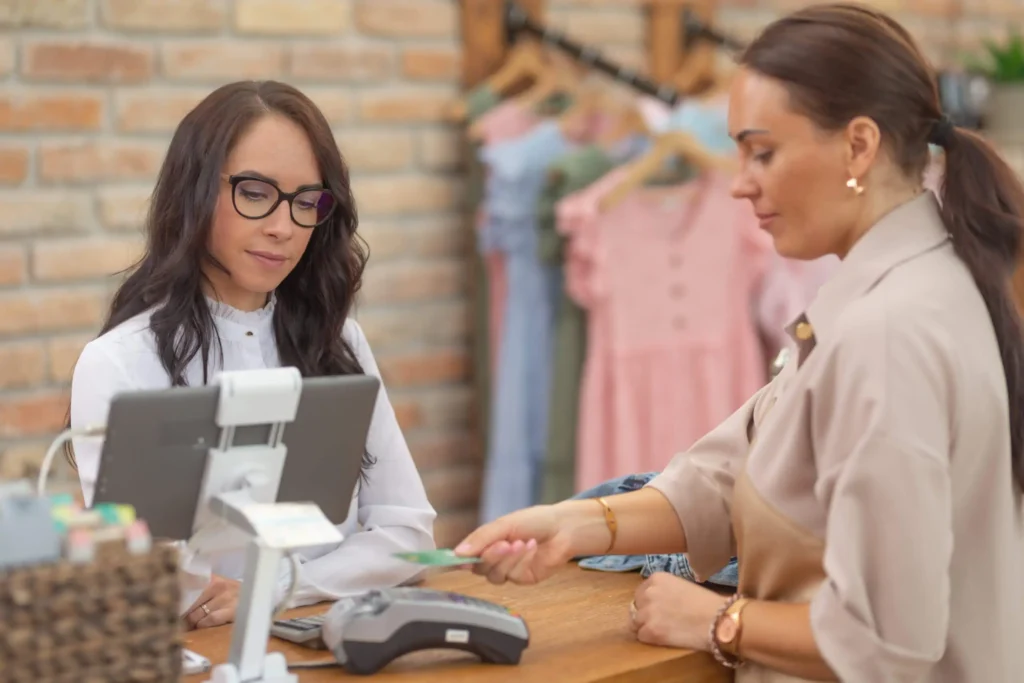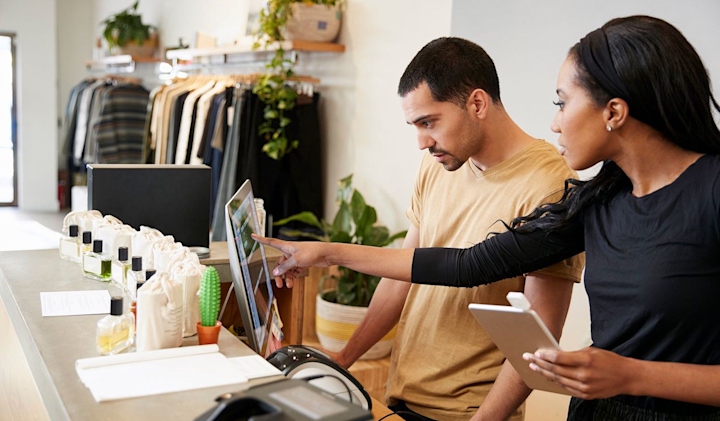How POS Data Helps Retailers Understand Shoppers Better

In the retail world, understanding your customers is the key to long-term success. Every purchase, return, and interaction tells a story about what shoppers want, when they want it, and how they prefer to buy. But to uncover those insights, retailers need more than just intuition—they need data. That’s where POS (Point of Sale) systems come in.
Modern POS technology does far more than process transactions. It captures valuable customer data that reveals shopping habits, buying trends, and performance patterns. When used strategically, this data becomes a powerful tool to understand customers better and make smarter business decisions.
1. Turning Every Transaction into Customer Insight
Each time a shopper makes a purchase, your POS system records essential details—items bought, purchase time, payment method, and even customer demographics (if linked to loyalty programs). Over time, this data builds a complete picture of customer behavior.
For example, POS data might show that a particular group of customers prefers shopping on weekends or that a specific product sells more during holidays. These insights help retailers adjust operations, staffing, and inventory to match actual demand.
By analyzing purchase patterns, retailers can identify what’s driving sales and which items are consistently performing well. This understanding allows them to fine-tune pricing, reorder popular products, and phase out those that underperform—all guided by data, not guesswork.
2. Identifying Buying Trends and Seasonal Demands
One of the biggest advantages of POS data is its ability to reveal buying trends and seasonal behavior. Retailers can track which products sell the most during certain times of the year—like festive seasons, school reopenings, or summer sales.
For example, a grocery store might notice that cold beverages spike during summer, while baking items sell more during winter holidays. By identifying these patterns early, businesses can plan better promotions, stock more efficiently, and avoid running out of high-demand items.
In essence, POS data helps retailers stay one step ahead—predicting customer needs before they even express them.
3. Personalizing the Shopping Experience
Today’s shoppers expect personalized experiences. They want businesses to understand their preferences and offer products that match their interests. POS systems play a major role in making that possible.
By integrating customer loyalty programs and purchase histories, POS data enables retailers to segment customers into different groups—frequent buyers, occasional shoppers, or discount seekers. Retailers can then create tailored offers, such as:
- Exclusive discounts for loyal customers
- Targeted promotions based on past purchases
- Personalized recommendations on new arrivals
This personalization not only increases sales but also builds trust and long-term loyalty. When customers feel valued and understood, they’re more likely to return.
4. Improving Inventory and Product Placement
Retailers often struggle with maintaining the right balance between too much and too little stock. POS data provides clear visibility into which products are moving fast and which ones are lagging behind.
For example, if your POS report shows that a certain product sells out quickly every week, it’s a clear signal to stock more. On the other hand, if some items barely sell, it might be time to rethink their placement or offer discounts to clear space.
POS insights also help in optimizing product placement. Retailers can analyze which products are frequently bought together and place them nearby to encourage upselling. Small adjustments like this—driven by POS data—can lead to big improvements in sales.
5. Enhancing Marketing Strategies
POS data provides the foundation for data-driven marketing. Instead of running generic campaigns, retailers can create promotions that truly connect with their audience.
For instance, if data shows that customers prefer certain brands or price ranges, marketing efforts can highlight those specific products. Likewise, POS reports can reveal the best days and times for launching special offers or flash sales.
This level of targeting ensures that marketing budgets are used efficiently, reaching the right customers at the right time with the right message.
6. Building Long-Term Customer Relationships
When used effectively, POS data helps retailers move beyond one-time sales and focus on building relationships. By tracking shopping frequency, preferred payment methods, and average spending, retailers can reward loyal customers and encourage repeat visits.
Over time, this creates a strong bond between the brand and its shoppers—one built on understanding, trust, and value.
Final Thoughts
In the age of digital transformation, data is the new currency—and POS systems are one of the richest sources of it. They capture every detail of customer interaction, turning ordinary sales data into powerful business intelligence.
By using POS insights to understand shoppers better, retailers can deliver more personalized service, predict demand, and create smarter marketing strategies. The result is not just more sales—but stronger customer loyalty and faster business growth.
In short, a smart POS system doesn’t just help you sell—it helps you understand, engage, and grow with your customers.






